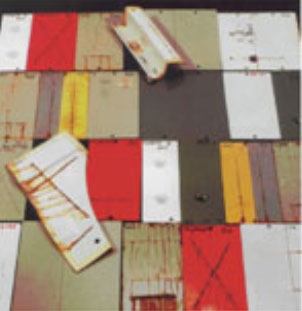CORROSION TESTING
WHAT IS CORROSION TESTING?
One of the most common testing methods is by salt spray testing. This is carried out by cutting thought (scribing) the coated layer back to the metal surface, then placing the test sample in a ‘Salt Spray Tank’. Here the sample is constantly sprayed with heated salt water 24 hours a day. Every 100 hours the sample is removed and the distance that the corrosion has travelled under the coating from the scribe line is measured. When the corrosion has travelled 2mm under the coating from the scribe it is deemed to have failed and is removed from the tank.
The results are rated from category 1 to 5. Category 5 passes after 1000 hours exposure in the salt spray tank, it is suitable for use in harsh marine environments. Aluminium panels coated on our Zirconium system achieved category 5 with no corrosion after 1000 hours exposure in a salt spray tank. We have also achieved category 5 results on steel substrates.
There are many factors that can affect the effectiveness of the pre-treatment process. The quality of the metal substrate is the most important factor. Clean, lightly oiled bright steel is a good substrate that will clean easily and react well in a pre-treatment process. Rusty or black steel covered in mill scale and heavy deposits of grease and dirt will be difficult (or impossible) to clean and this will block the chemical reactions required for effective pre-treatment.


